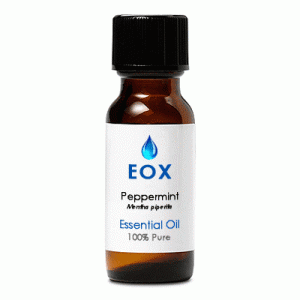|
Characteristics:
A pale yellow or greenish liquid with a highly penetrating, grassy-minty camphoraceous odor. It blends
well with benzoin, rosemary, marjoram, lemon eucalyptus, and other mints.
Principal Constituents: These are naturally occuring in the essential oil.
- menthol
- menthone
- menthyl acetate
- menthofuran
- limonene
- pulegone
- cineol
General Actions:      Open Symbols Key
Open Symbols Key
Analgesic, antiphlogistic, antipruritic, antispasmodic,
astringent, carminative, cephalic, cholagogue, cordial, emmenagogue, expectorant, febrifuge,
hepatic, stomachic, sudorific, vasoconstrictor, vermifuge.
Safety:

Non-toxic, non-irritant (except in concentration), possible sensitization due to menthol. Use in
moderation.
Primary Therapy Agent:
Asthma, catarrh, colic, indigestion, flatulence, nausea, vomiting, fever, headache, nervous exhaustion,
fatigue, vertigo.
Secondary Therapy Agent:
Acne, congested and dull skin, dermatitis, scabies, toothache, teething pain, aches and pains, bronchitis,
chronic coughs, halitosis/offensive breath, cramp, gastric spasm, colds/flu, migraine, nervous tension,
stress-related conditions, neuralgia, sciatica.
Important Note: The information on Florapathics.com is
only provided for educational purposes, and further research should be done on each essential oil to be assured
of its proper usage for each individual. Aromatherapy is not meant to be a replacement for care under a qualified
health professional, but should be considered a complimentary modality.
|











